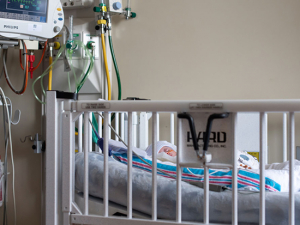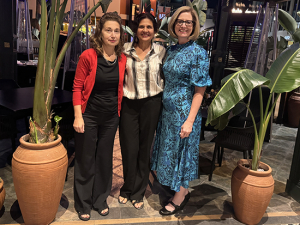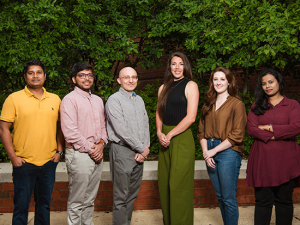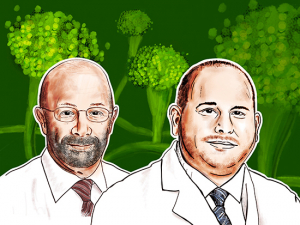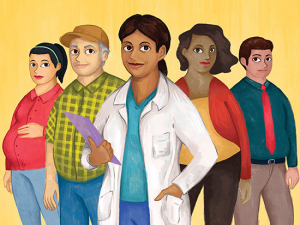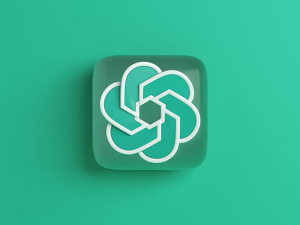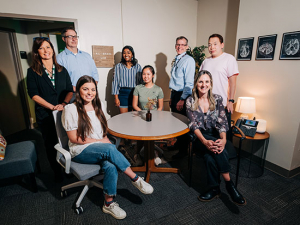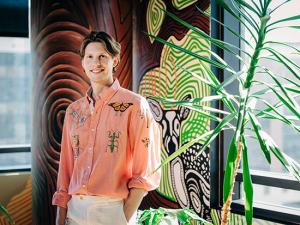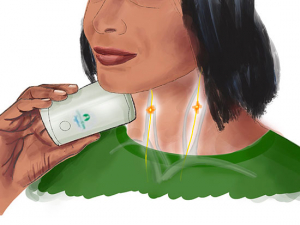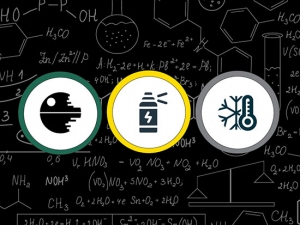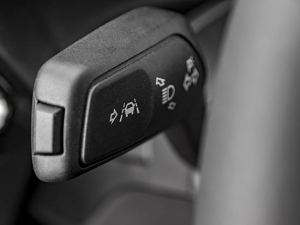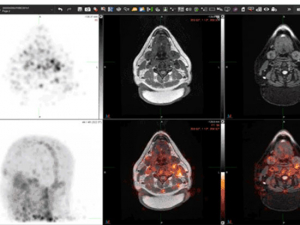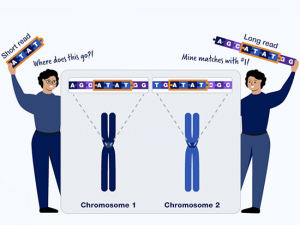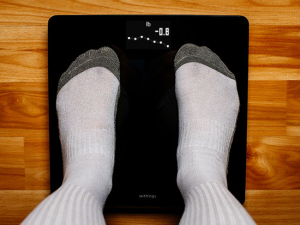 ANDREA MABRY | University RelationsPandemics have swept the globe before, but there is no disaster like COVID-19. This category-defying, crisis-spawning event requires fresh frameworks to guide responses, say a group of UAB researchers in a paper published this summer in the journal Psychological Reports.
ANDREA MABRY | University RelationsPandemics have swept the globe before, but there is no disaster like COVID-19. This category-defying, crisis-spawning event requires fresh frameworks to guide responses, say a group of UAB researchers in a paper published this summer in the journal Psychological Reports.
Getting to the Sandbar: Understanding the Emotional Phases of COVID-19 Among College and University Students introduces that new framework. It also introduces the sandbar as a metaphor for what the researchers call “a place of rest and recovery” amid the seemingly never-ending storms of the pandemic.
“When you are on a sandbar, you are still in the middle of the ocean; but you have found a landing spot,” said the paper’s lead author, Angela Stowe, Ph.D., director of Student Counseling Services at UAB. “You have more control, even if you don’t yet see how to get back to shore.” This new phase of disaster response can help universities and other institutions meet the unique needs of their students in the midst of a pandemic, Stowe says. The paper’s senior author is Robin Lanzi, Ph.D., professor and graduate program director in the Department of Health Behavior in the School of Public Health. Stowe and Lanzi involved Kalani Upshaw, their UAB VISTA trainee and graduate student at the time, and Claire Estep in the manuscript as co-authors.
The work grew in part out of a campuswide survey of UAB student experiences and mental health needs that Lanzi, Stowe and Schwiebert launched in the summer of 2020 through a campuswide anonymous survey of over 1,000 students, as well as an in-depth longitudinal study of students and postdoctoral fellows conducted over the course of the fall 2020 and spring 2021 semesters. “The goal of the study is to explore the interrelationship of COVID-19, racism, health inequities and student/postdoc mental health, how students are coping and what services and resources they report needing, and how all can partner on supporting students and postdoctoral fellow mental health,” Lanzi said.
“We wanted to know how students were thinking about the pandemic and how to support them,” Stowe said. “And as we looked at the standard disaster models, we realized that these didn’t fit with the experience that our students were having,” Lanzi added.
The framework introduced in Getting to the Sandbar builds on the Phases of Disaster Model developed by the national Substance Abuse and Mental Health Services Administration. The model is based on the experience of the American Red Cross and other organizations and has been applied to tornadoes, floods, fires and other community disasters. It posits five phases, each associated with characteristic reactions and behaviors. The UAB authors also connected these phases with Maslow’s Hierarchy of Needs, typically pictured as a pyramid with physiological needs (food, water, rest) on the bottom and ascending through safety, love and belonging, esteem, and self-actualization. (See the common emotional and behavioral responses identified by the UAB authors in A new phase of disaster: the sandbar.)
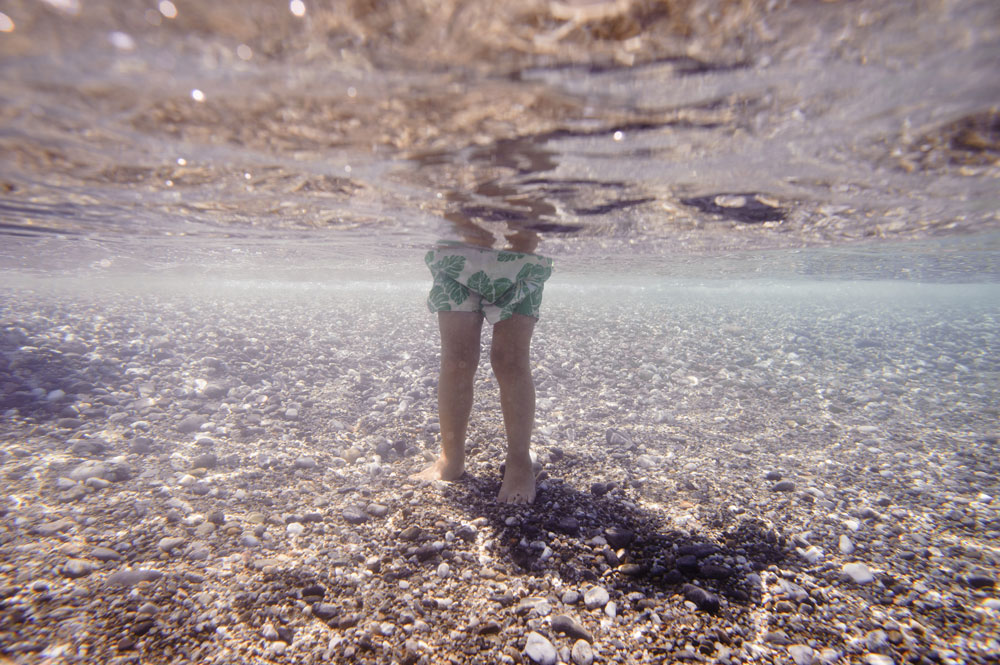
“When you are on a sandbar, you are still in the middle of the ocean; but you have found a landing spot. You have more control, even if you don’t yet see how to get back to shore.”
— Angela Stowe, Ph.D., director of Student Counseling Services
“Everyone is in the disaster”
Disasters are typically one-time events, in which help pours in from unaffected areas, Lanzi says. But COVID-19’s global reach means “everyone is in the disaster,” she explained.
The Phases of Disaster Model “really did apply as we looked over the course of COVID, with people going through different phases at different times,” Stowe said. “But it didn’t capture everything.” Stowe noticed this as she talked with students, faculty and staff while the pandemic unfolded. “As I responded to requests across campus, I observed that we had another phase, this sandbar phase,” she said. “We were not out of the disaster, but we were touching bottom.”
For Stowe, that “touching bottom” moment on the sandbar happened “around May or June of 2020,” she said. “I was not treading water anymore. I was more comfortable working from home, and my kids had their new routine, and I was getting used to Zoom. We were clearly still in the midst of a very different time in our lives. There was still a lack of control, and there were new waves of COVID coming. But there was solid ground there.”

“[The sandbar phase] is an important phase to name, understand and consider because of the extended timeline of COVID-19. As students experience repeated events, they may fall off the sandbar and be swept back into the ocean, and their energy will again be focused on the response and behaviors that are part of the other phases.”
— From Getting to the Sandbar: Understanding the Emotional Phases of COVID-19 Among College and University Students
Touching bottom – but often stuck
Stowe shared the sandbar metaphor with faculty as she helped them support their students’ mental health during the pandemic. “It helped explain where their students were,” Stowe said. “It gave them words and a way to understand what their students were experiencing, and what they were experiencing.”
The sandbar phase “is an important phase to name, understand and consider because of the extended timeline of COVID-19,” Stowe, Lanzi and their co-authors write in the Getting to the Sandbar paper. “As students experience repeated events, they may fall off the sandbar and be swept back into the ocean, and their energy will again be focused on the response and behaviors that are part of the other phases.”
Time on the sandbar gave individuals and institutions alike an opportunity to reflect and slow the pace of new decisions and policies in 2020, Stowe says. But this pause, with the shoreline of “normal life” still out of reach, also brings its own frustrations, she adds. “The metaphor of the sandbar resonates because some people felt they could catch their breath and others felt stuck,” Stowe said. “They had a routine, but they were not back to normal. There was a level of acceptance; but a lot of people I know described it as ‘hitting a wall’ or ‘being in a fog,’ from the prolonged stress that we’ve been in and the constant state of transition and having to make new plans and revise what we’re doing and adapt. Even when you are still busy, there is the sense of boredom. You are in the same room doing the same thing over and over again.”
“As we looked at the standard disaster models, we realized that these didn’t fit with the experience that our students were having .… [COVID-19’s global reach means] everyone is in the disaster.”
— Robin Lanzi, Ph.D., professor and graduate program director in the Department of Health Behavior
Soul-searching and the importance of resilience
The Delta variant surge starting in late summer 2021 reinforced the power of the sandbar image, Stowe says. “We all thought we were starting to leave the sandbar and get back to some kind of land, and that’s not the case,” she said. “We’re still there. As I talk with students this fall, I have seen some things that were not there last fall. More people are talking about feeling trapped and helpless and ready to move on, but it’s not within reach.”
That has led to the soul searching seen in the record levels of job turnover and life changes seen in both the general population and in students, where it can manifest as changes in major or program, Stowe says. “Sometimes that is because they had to quit school and work, and so they had to stall or postpone their academic progress,” she said. In other cases, students realized they wanted to pursue new interests.
These were issues before the pandemic too, of course. Several years ago, Stowe and her team responded to the concerns they were hearing from students and faculty by developing a course on resiliency called Blazers Bounce Back. Starting in the spring 2021 semester, the short, self-directed course was made available to all UAB students. Another campuswide initiative launched during the pandemic is the B Well UAB app, which gathers mental health resources, tools and events in a single place, Stowe says. The initial version was designed based on ideas from UAB students. An updated app, adding resources for UAB employees, launched in April 2021.
Lanzi and Stowe, with former UAB Honors College student Juhee Agrawal, launched the Mental Health Ambassadors Program, a student organization focused on peer-to-peer mental health promotion, in the fall of 2019. The program pivoted in spring 2020 to offer online mental health promotion presentations and developed social media platforms (Instagram and Twitter @uabmha; Facebook: UAB Mental Health Ambassadors), as well as a podcast and YouTube Channel that houses all of the presentations. These efforts continue with over 100 UAB students’ seeking mental health ambassador training in fall 2021.
“Developing an understanding of this new model now in the midst of COVID-19 will not only allow for a safe and effective shift from the chaos of the initial disaster but will also provide a solid base of preparedness for any future disasters.”
— From Getting to the Sandbar: Understanding the Emotional Phases of COVID-19 Among College and University Students
Three levels of application
The authors see three levels of application for colleges and universities as they provide support for students:
- At the organizational level, they write, “this model can aid in the ability to create sustainable environments for support.” At UAB, the sandbar framework has helped guide new training and education resources developed by Stowe and her staff in Student Counseling Services, for example.
- At the interpersonal level, the model “provides a clear view into the dual nature of stress that students are facing as they absorb the stress and anxiety from others while dealing with their own stress and anxiety,” the authors write. “Administrators, faculty and staff are also victims of the disaster and not ‘outside’ the scope of relief.” The model “can aid in establishing expectations, boundaries, self-awareness, coping, and emotional health resources and practices” for these groups, the authors note.
- At the individual level, “the model highlights the need for evidence-based practices such as mindfulness, self-compassion, gratitude and positive psychology as important to remain grounded, clear-minded and emotionally healthy during COVID-19.”
The authors conclude that “developing an understanding of this new model now in the midst of COVID-19 will not only allow for a safe and effective shift from the chaos of the initial disaster but will also provide a solid base of preparedness for any future disasters.”
A new phase of disaster: the sandbar
The Phases of Disaster model identifies common emotional and behavioral responses to disasters: Pre-Disaster, Impact, Heroic, Honeymoon and Disillusionment. UAB researchers have proposed adding a sixth stage that can occur during any of the phases above due to the ongoing impact of the pandemic.
- Pre-Disaster – common emotional responses include disbelief, dismissal, irritation, anxiety, fear and confusion; focus on ensuring that basic needs are met (food, shelter, safety, security)
- Institutional reactions: creating policies and making decisions to keep students and employees safe (online courses and remote work)
- Impact – emotional responses include shock and disbelief, grief over physical and situational losses, fear and anxiety, confusion; focus on meeting physiological and safety needs
- Institutional reactions: mandates focused on ensuring physical distancing is possible for the entire campus community and allowing all services to be delivered remotely
- Heroic – emotional responses include grief and loss, as well as altruism, with people responding from the highest versions of themselves; behavioral focus on saving lives and assisting those in dire need
- Institutional reactions: establishing emergency funds for students and staff, converting on-campus residence hall facilities to house health care workers, and converting student health structures to provide continued medical and counseling support even if students are studying remotely
- Honeymoon – emotional responses include a sense of optimism, hope resulting from institutional or formalized structures for aid and a feeling of wanting to give and help others; focus on achieving academic, work and personal goals
- Institutional reactions: students and employees adjusting to online courses and new technology for remote working; changing enrollment and costs may require furloughs, layoffs or pay cuts, affecting employees and student-workers
- Disillusionment – emotional responses include anger, resentment and deep disappointment, as well as exhaustion from prolonged stress and uncertainties; behavioral focus on rebuilding what has been lost and reestablishing stability and security in one’s personal life with less focus on shared experiences
- Institutional reactions: limitations are placed on formal aid structures; institutions may provide refunds to students for unused services such as housing or dining plans
- Sandbar – emotional responses are unpredictable and varied, including relief, surprise, exhaustion, gratitude, ability to focus on emotions and feelings, and grief; as time passes, fatigue, boredom and fatigue may set in; behaviors may include establishing new routines and daily practices that can be repeated, including self-care habits such as exercise and seeking a healthy, balanced diet, but may also manifest in a fixation on survival and addressing basic physiological, safety and security needs
- Institutional reactions: promoting shared resilience as part of the academic community, including support of local small businesses and giving and volunteering
